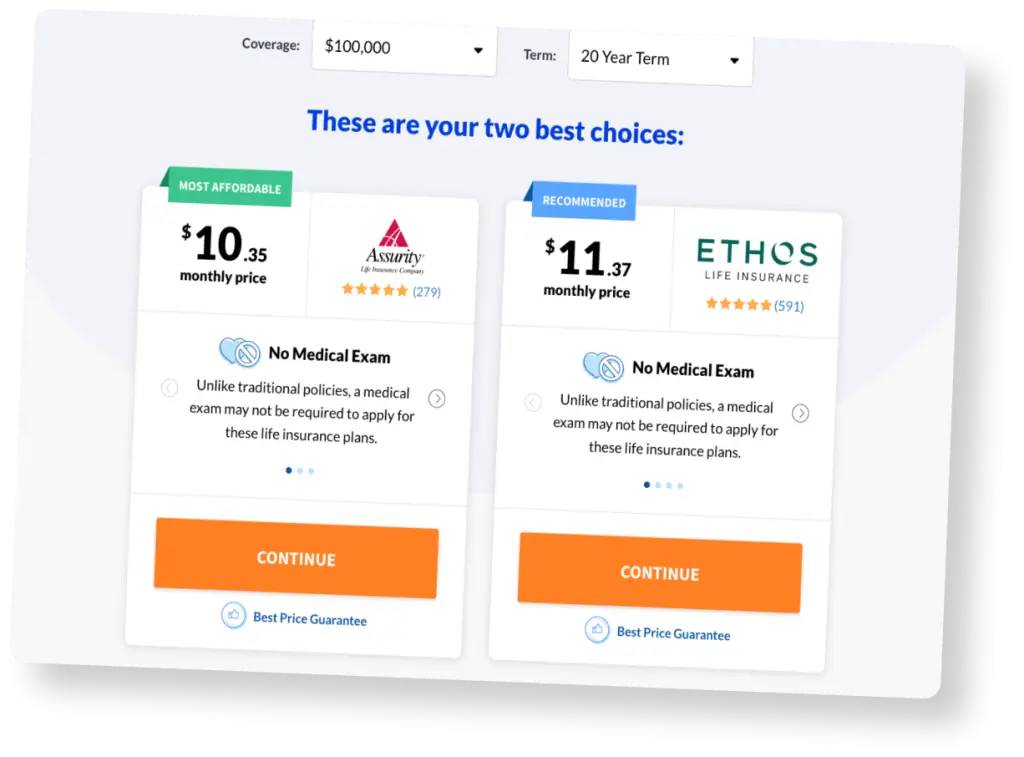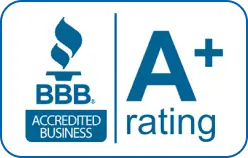Life insurance can offer more than just financial protection for beneficiaries, it can also be used as a tool for securing loans. A collateral assignment of life insurance allows a policyholder to use their life insurance policy as security for a loan, providing a unique way to leverage existing assets. This process appoints a lender as an assignee of the policy, giving them claim over the policy’s benefits if repayment terms are not met.
It’s crucial to understand how this process works, especially when considering the financial and legal implications. Borrowers should be aware of what lenders typically require and the potential tax implications that can arise. Using life insurance as collateral can offer peace of mind, but it also comes with risks if not properly managed.
Key Takeaways of Collateral Assignment of Life Insurance
- Collateral assignment allows a policyholder to use a life insurance policy, especially a whole life insurance policy with a cash value component, as security for loans, including business loans and personal loans.
- The lender becomes a collateral assignee through a conditional assignment, securing rights to the policy’s benefits equal to the unpaid loan balance if the borrower defaults or passes away.
- Permanent life insurance policies can accumulate cash over the entire life of the policy, which can be used to build cash reserves and support loan applications that meet the lender’s requirements.
- To keep the assignment valid, the policy owner must ensure life insurance premiums remain current and follow the agreed repayment schedule outlined in the loan agreement.
- After the loan balance is repaid, the conditional assignment is released, and any remaining benefits from the life policy go to the primary beneficiary and other beneficiaries.
Understanding Life Insurance Policies
Life insurance policies provide financial protection by paying out a death benefit to beneficiaries after the policyholder’s passing. It’s important to explore the different policies available and comprehend key terms like premium payments and cash value to make informed decisions.
The Basics of Life Insurance
Life insurance is designed to offer peace of mind by providing financial support to loved ones. A life insurance policy involves regular premium payments made by the policyholder. When the policyholder passes away, a death benefit is paid out to the beneficiaries. The death benefit is often used to cover expenses like funeral costs or debts.
Some policies also include a cash surrender value, which allows the policyholder to access a portion of the cash value before death if needed. This feature can be useful for emergencies or financial planning. Understanding these elements helps in selecting the right policy to fit individual needs.
Types of Life Insurance Policies
There are several types of life insurance policies to consider. Term life insurance coverage for a specific period, typically 10, 20, or 30 years. It is usually less expensive, making it a popular choice for those on a budget. Whole life insurance, on the other hand, provides lifetime coverage and includes a savings component, known as cash value, that grows over time.
Another option is universal life insurance, which offers flexibility in premium payments and death benefits. Policyholders can adjust the premiums and benefits as their financial situation changes. Variable life insurance allows policyholders to invest the cash value in different accounts, potentially increasing the policy’s value. Selecting the right type will depend on personal financial goals.
Life Insurance Terms Explained
Understanding the language of life insurance is crucial. Premium payments are the regular fees paid to keep the policy active. They can be paid monthly, quarterly, or annually. The death benefit is the amount paid to beneficiaries upon the policyholder’s death. Cash value refers to the savings component found in permanent life insurance, allowing policyholders to borrow against it or cash out.
The cash surrender value is the amount available if the policyholder decides to cancel the policy before it matures. Knowing these terms empowers individuals to ask the right questions and confidently choose the policy that offers the best protection and benefits for their loved ones.
What Is Collateral Assignment of Life Insurance?
Collateral assignment of life insurance is a useful financial tool that allows a policyholder to offer part of their policy as security for a loan. This involves temporary assignment, differing from absolute assignment, which is permanent. Additionally, endorsement plays a key role in the process to specify the lender’s rights.
Definition and Purpose
Collateral assignment involves an arrangement where a life insurance policy is used as collateral for a loan. The lender becomes an assignee, gaining rights to the policy benefits if the borrower defaults. This setup provides lenders with added security, reducing their risk.
Life insurance as collateral assures the lender they will receive loan repayment from the policy’s death benefit if needed. The purpose is not to change policy ownership but to provide loan security. The policyholder retains control over the policy unless a default occurs.
Collateral Assignment vs Absolute Assignment
The difference between collateral and absolute assignment lies in the ownership and duration of the assignment. Collateral assignments are temporary and end once the loan is paid off.
In contrast, absolute assignment involves a permanent transfer of all rights to the assignee. The original policyholder gives up ownership altogether. Most importantly, collateral assignment allows the policyholder to retain ownership and control, while absolute assignment does not.
Role of Endorsement in Collateral Assignment
Endorsement in collateral assignment is crucial. It is a formal acknowledgment by the insurance company that the lender is recognized as having specific rights to the policy. The endorsement ensures that the lender is notified of the assignment and acknowledges its terms.
This step creates a legal guarantee that the lender’s interests are protected. By having an endorsement, both the borrower and lender can have confidence that the terms of the collateral assignment are documented and enforceable. This helps prevent disputes over who has claim to the policy benefits in the event of loan default.
Tax Implications
The collateral assignment of life insurance involves important tax considerations. Premiums paid are generally not deductible, and the policy’s tax-free benefits can change based on transactions. These factors can also influence retirement planning decisions.
Tax Advantages and Liabilities
Life insurance proceeds are typically received tax-free, even if there is a transfer for valuable consideration involved. However, when using a policy as collateral for a loan, things can become more complex.
Premiums paid under a life insurance policy are usually not deductible for tax purposes. If a policy lapses, is surrendered, or exchanged while a debt remains, tax responsibilities can arise. These situations may lead to taxable income, depending on how the policy was used.
Impact on Retirement Planning
Using life insurance in retirement planning requires understanding tax implications. For example, the guide on collateral assignment indicates that accessing funds through this means may not provide direct tax benefits. Still, the lump sum received upon someone’s passing is often free of income tax.
However, changes to tax laws and policy structures could affect how life insurance influences retirement income. It’s crucial to stay informed and consult with financial advisors to make decisions that best support retirement goals while considering the potential tax liabilities.
Financial Aspects of Using Life Insurance as Collateral
Using life insurance as collateral can provide unique financial benefits. This approach can influence the loan amount you qualify for, interest rates, and repayment terms.
Evaluating Cash Value and Loan Amounts
The cash value of a life insurance policy plays a key role when using it as collateral. This amount helps determine the loan size a lender might offer. Policies with higher cash values can secure larger loans. Financial institutions assess this value to gauge risk and decide how much money to lend.
Lenders want assurance that the policy can cover the debt if needed. They usually require that the cash value of the policy exceeds the loan amount. This provides a safety buffer, ensuring that they get repaid if the borrower is unable to fulfill the loan obligations. The policyholder should regularly check the cash value to make sure it aligns with expectations and borrowing needs.
Interest Rates and Repayment Terms
Loans secured by life insurance generally offer attractive interest rates. Financial institutions often provide better terms due to the reduced risk associated with collateral-backed loans. The life insurance policy guarantees payment, minimizing the lender’s potential loss, which can lead to more favorable rates.
Repayment terms for these loans can also be advantageous. Borrowers might enjoy more flexibility, like extended repayment periods or lower installments. These terms can make managing debt easier and less stressful. It’s essential for borrowers to review all the conditions carefully, ensuring they understand the full financial commitment and any potential changes over time.
Frequently Asked Questions about Collateral Assignment of Life Insurance
How Does Collateral Assignment of Life Insurance Work?
Collateral assignment occurs when a policyholder assigns their life insurance policy benefits to a lender as security for a loan. If the borrower defaults on the loan or passes away, the lender has the right to claim the benefits to cover the debt.
What Types of Life Insurance Policies Are Eligible for Collateral Assignment?
Most types of life insurance policies can be used for collateral assignment, including term and permanent life insurance. However, it’s important to check with the lender and the insurance company to ensure the policy meets their requirements for collateral.
How Does the Collateral Assignment of a Life Insurance Policy Affect the Policy’s Beneficiaries?
The collateral assignment can impact beneficiaries because the lender has first claim on the policy’s death benefit. Once the loan is paid off, any remaining benefit will go to the named beneficiaries. It’s crucial to understand the implications before proceeding with a collateral assignment.
Conclusion and Summary of Collateral Assignment of Life Insurance: Unlocking Its Benefits
A collateral assignment can make sense for individuals or businesses seeking credit solutions that leverage existing assets. The use of a life insurance company’s product as security allows for flexibility, provided the policy loans don’t exceed the accumulated cash value or lead to a large unpaid loan balance. During the life insurance application, policyholders should discuss their intent to use the policy this way to avoid surprises down the line.
A properly structured assignment ensures that once the debt is cleared, the policy returns to its original state, and beneficiaries receive only what remains, underscoring the need to understand all moving parts when leveraging a valuable tool like a life insurance policy in financial planning.
trusted by 5,000+ clients
Get Personalized Quotes Tailored to Your Company’s Needs














